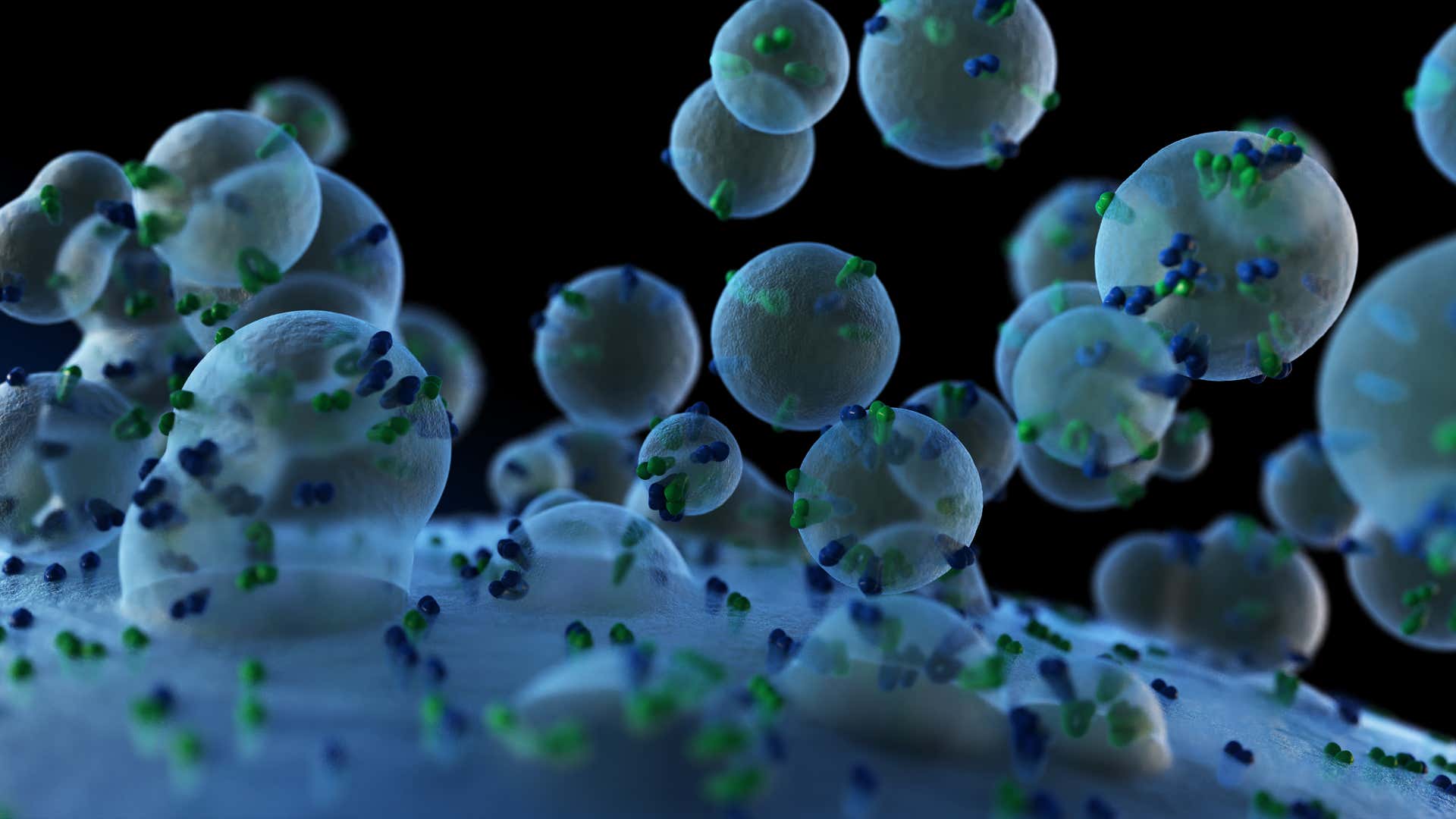
NanoSight Pro
See your particles. Trust your data. Accelerate your research.
Effective characterization for drug discovery research

Extracellular vesicles (EVs) are lipid membrane bound vesicles found in multiple bodily fluids and are secreted by almost all cell types into the extracellular space. Typically, EVs can be split into three different types. Exosomes (30-150nm) of endosomal origin, and the ectosomal origin microvesicles (MV, 50-1000nm) and apoptotic bodies (50-5000nm).
Evidence is rapidly mounting that EVs, in particular exosomes, are associated with immune system modulation, intracellular communications and the development of diseases, including cancer and diabetes. EV-based drug delivery vehicles, which capitalize on the exosomes innate ability to transport cargo, are attracting significant scientific and clinical interest.

Reliable EV isolation and characterization is fundamental to drug discovery research and essential in disease detection and treatment. Rapid identification of elevated exosome concentrations can indicate the onset or progression of disease, while harnessing EVs unique properties as drug delivery vehicles provides a promising alternative route to combat disease. However, when extracted from bodily fluids in response to specific conditions, EVs are highly heterogeneous in nature, making characterization of these invisible bubbles uniquely challenging.

NanoSight instruments, the first to incorporate Nanoparticle Tracking Analysis (NTA) have been assisting exosomes researchers over the decade offering high resolution size and concentration characterization of these complexed samples.
The newest instrument, NanoSight Pro packed with intelligence and enhanced sensitivity is an ideal toolbox for every lab. New software, powered by machine learning, takes NTA to the next level providing easy, quick, reliable data. In addition, sensitive detection provides very detailed information about samples in both the light scatter and fluorescence mode. By enabling specific detection of biomarkers and cargo, you get a step closer to understanding the personality of your Extracellular Vesicles to decode their message in bottle.

See your particles. Trust your data. Accelerate your research.
NanoSight instruments , the first to incorporate Nanoparticle Tracking Analysis (NTA) technology, have been helping EV researchers find answers to complex questions for over a decade. Offering high resolution size and concentration characterization data for these heterogeneous systems, NanoSight is now a standard tool in EV characterization.
The new NanoSight Pro incorporates cutting-edge NTA technology that visualizes the Brownian motion of individual EVs, providing high resolution size and concentration data in both light scatter and fluorescence modes. This allows NanoSight Pro to detect exosomes as small as *30nm in just minutes.
Powered by NS XPLORER software, NanoSight takes NTA to the next level with guided workflows, automated processing, automated particle identification, and quality guidance to provide you with easy, quick and accurate analysis of your complex samples.
With years of experience supporting researchers working with extracellular vesicles, Malvern Panalytical’s team of detail-loving geeks has the knowledge to help you access breakthrough insights through the power of NanoSight Pro.

